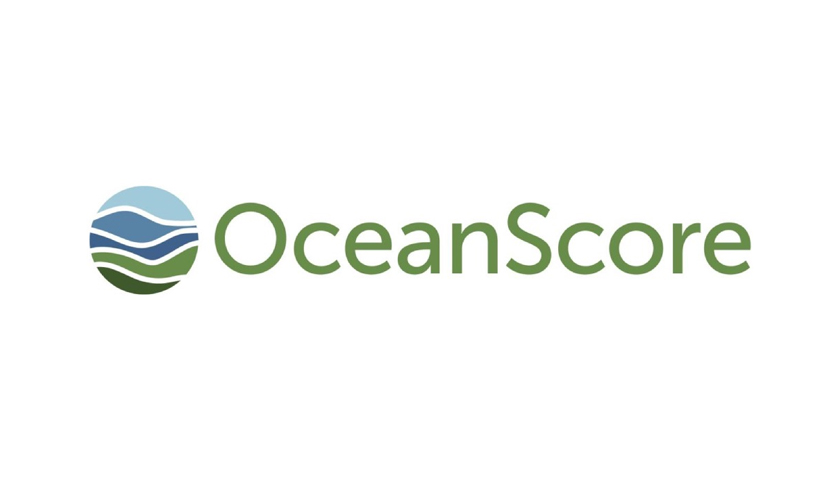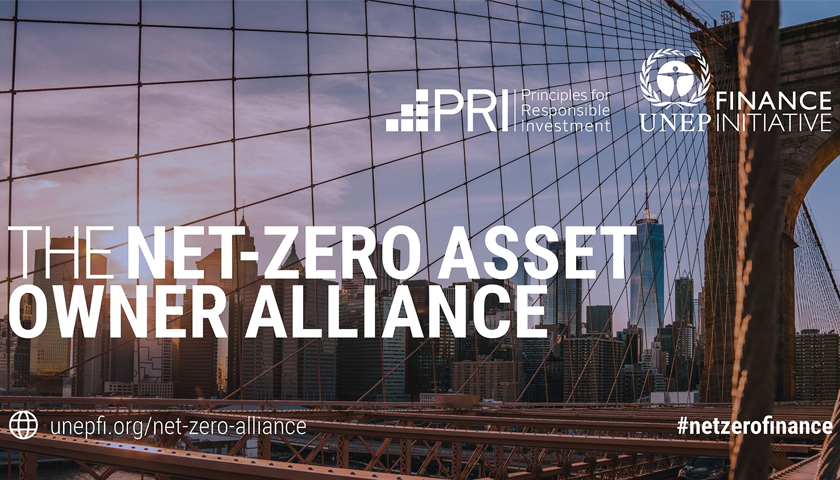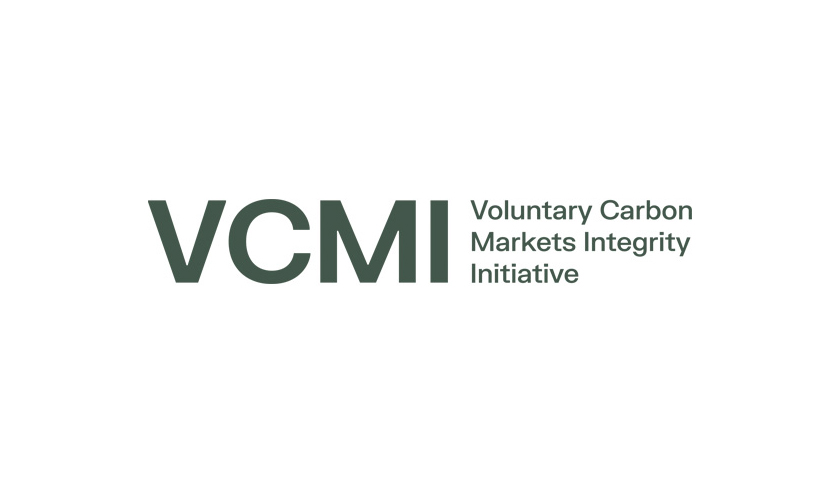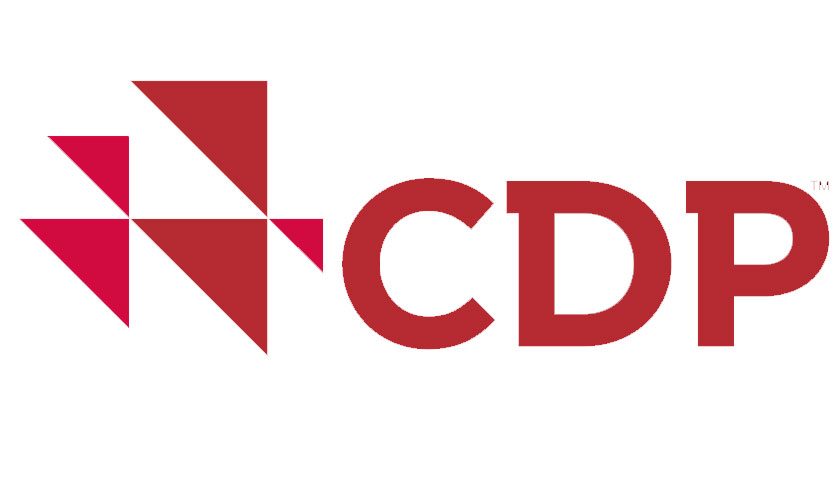OceanScore’s second edition of its monthly Scope 3 at Sea report shows that carrier choice can materially reduce Scope 3 emissions exposure, with MSC and OOCL offering shippers the strongest combination of scale, efficiency, and predictability. The report, published today, focuses on the Asia–Northern Europe trade lane for the period January–June 2025.
The report highlights striking differences in how major carriers balance scale, emissions efficiency, and operational consistency.
MSC and OOCL emerged as the most efficient carriers on the Asia–Northern Europe trade lane, thanks to their combination of below-average carbon intensity, steadier speed profiles, and consistent vessel utilization. Both carriers operate a significant share of voyages on this corridor (18% for MSC and 14% for OOCL) meaning their operational choices have an outsized impact on shippers’ Scope 3 exposure. Importantly, their voyages show fewer extreme outliers compared to peers, offering shippers greater predictability and lower risk of unexpected carbon spikes.
“On a long-haul corridor like Asia–Northern Europe, the difference between vessels can be huge,” said Thomas Smith, Head of Cargo Solutions at OceanScore. “A well-utilized, fuel-efficient ship can emit far less per container than one that sails faster or emptier, even on the same route. While shippers can’t control every operational decision, consistency is the trend that matters, and with voyage-level data, they can make smarter carrier choices that keep emissions and carbon costs down.”
Key Insights
The analysis goes beyond simple averages to benchmark carriers on three key operational factors driving Scope 3 outcomes:
- Carbon intensity (gCO₂/tonne-km)
- Speed profiles (ULCV sailing speeds)
- Utilization consistency (how steadily ships are filled)
This approach reveals not just which carriers emit less on average, but which offer predictable, lower-risk choices for shippers seeking to reduce carbon exposure and manage costs under tightening regulations.
“The carriers you choose on this corridor can make a big difference to your Scope 3 emissions. On long-haul voyages, there will always be some outliers caused by rerouting, congestion, or weather. What matters most is consistency: carriers that regularly make lower-carbon operational choices, through steadier speeds, stronger utilization, and fewer extremes, help keep Scope 3 exposure lower and more predictable over time.” Added Smith.
With shipping decarbonization regulations tightening, from the EU ETS to FuelEU Maritime, shippers and freight forwarders are under growing pressure to manage and report Scope 3 emissions accurately. OceanScore’s benchmarking provides a practical tool to identify which carriers deliver not just lower averages, but predictable, stable performance that reduces volatility in carbon costs.
OceanScore’s CargoFP solution combines real-time AIS tracking, AI-powered cargo estimation, and modeled emissions to deliver voyage-specific CO₂ calculations. With this intelligence, shippers and forwarders can benchmark carriers, steer volume toward consistent low-carbon services, and cut both emissions and carbon-related costs.
The full Scope 3 at Sea report is available for download at oceanscore.com/report.



